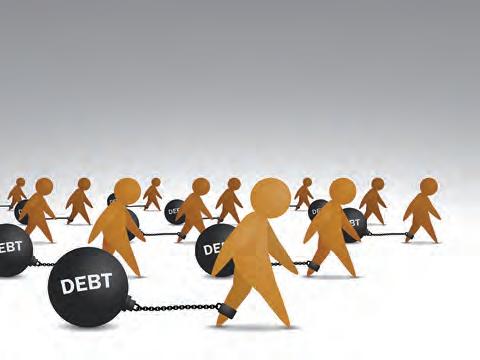“c01AnIntroductionToMicroeconomics_PrintPDF” — 2022/7/19 — 7:26 — page 10 — #8
FIGURE 1.4 The three main types of productive resource available in an economy. Types of productive resources
Labour resources
Capital resources
• Examples include the skills and knowledge of doctors, builders and businesspeople.
PR O
• Examples include rainfall and climatic conditions, mineral deposits, oceans and forests.
• Manufactured items are used by businesses in the production of many goods and services. • Examples include the electricity grid system, commericial buildings, highways, schools, dams and ports.
E
• Mental skills and physical effort are needed to produce particular goods and services.
G
• Nature provides resources used in the production of many types of goods such as crops as well as services.
O
FS
Natural resources
PA
Natural resources
CO RR EC
TE
D
Natural resources represent those found in nature and include arable land, oil, minerals, rivers, climate, native forests, air quality and oceans. Natural resources have the potential to support a variety of primary (extractive), secondary (manufacturing) and even tertiary (service) industries.
Labour resources
U
N
Skilled and unskilled labour resources provide physical power, mental talents, and other specialised services that are used in the production process such as those of an architect, mechanic or shop attendant. Entrepreneurship is a specialised type of labour resource and represents the skills of management, company leadership and organisation. Most of Australia’s labour force is employed in tertiary industry.
Natural resources are the factors of production found in nature, such as minerals, rainfall and the environment. Labour resources used in production are physical power and mental talents provided by employees.
10
Key Concepts VCE Economics 2 Units 3 & 4 Eleventh Edition

































